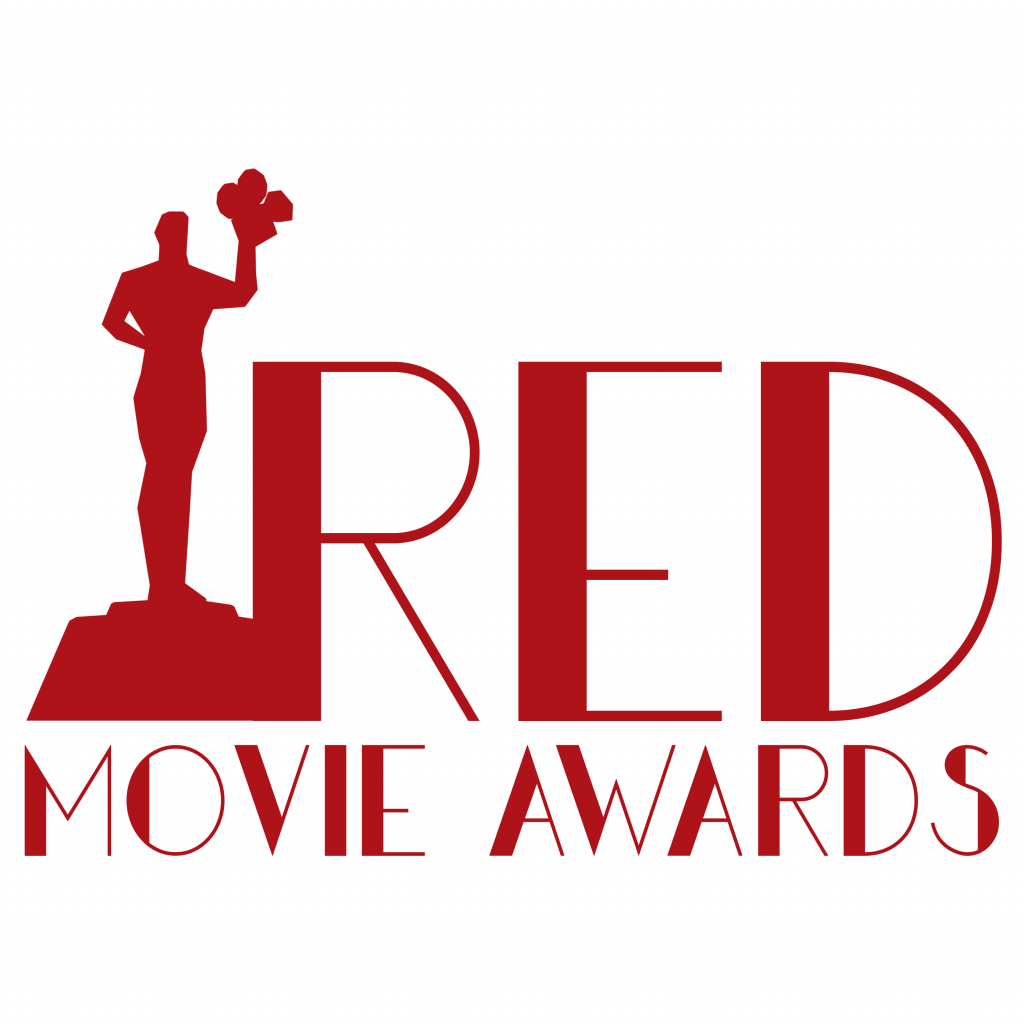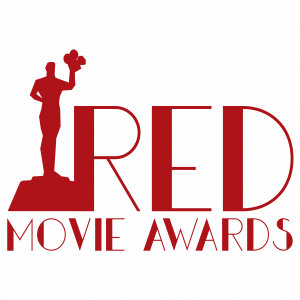THE INTERVIEW
April, 2025
SIMON CATILLON
DIRECTORS OF LULLABY
BEST ACTOR
Simon, tell us a little more about yourself. Where did your desire to be an actor and director come from?
Storytelling has always been a part of my life. As a child, I was drawn to the power of cinema—I would spend all my free time watching films, then reenacting scenes in my room. I was fascinated by the power of fiction—by how it can expand our understanding of the world while opening the imagination to endless possibilities.
Over time, that fascination became a calling. I began writing my own stories—stories that blur genres, challenge preconceived ideas, and explore the full spectrum of human emotions. Through acting and directing, I try to reveal the richness of our inner landscapes—our fears, our dreams, our contradictions—and provide a shared space where we can recognize ourselves in others. In this way, cinema becomes a bridge—between people, but also between what was, what is, and what could be.

What is your background?
I trained at Cours Florent in Paris. Over the years, I have performed in a wide range of productions, from classical to contemporary theater, and gradually began directing my own pieces. My early play Unusual Suspects, in which I starred in a dual role, gave me the chance to explore rapid character shifts and experiment with genre-blending storytelling.
I later moved to New York, eager to immerse myself in its vibrant, multicultural artistic scene. I studied at the New York Conservatory for Dramatic Arts and completed a Sight and Sound program at NYU. These experiences have deeply nurtured the way I envision my craft. I now live and work in the U.S., where I continue to develop projects that bring together performance, writing, and filmmaking.
You have extensive stage experience, including mime and your role in the Off-Broadway show Small Acts of Daring Invention. Can you tell us more about that?
Mime opened an entirely new dimension of acting for me. It is a discipline that strips everything down to the essentials—body language becoming the sole medium of expression. Like puppetry, which I also practice, mime requires absolute commitment and physical clarity. These art forms have enriched the way I approach performance, emphasizing nuance, precision, and presence. I paid tribute to mime by portraying Lucien, in a silent short film I wrote and directed two years ago.
Another recent milestone was collaborating with Tracy Weller on her Off-Broadway production, Small Acts of Daring Invention. Inspired by the life and work of Dare Wright, the play blends musicality, puppetry, and storytelling to create an introspective atmosphere—exploring the thin line between the real and the unreal, the conscious and the unconscious, the past and the present. It was fantastic to be part of such a poetic experiment as a puppeteer, with artists that I admire.

You won Best Actor at the RED Movie Awards. What does that mean to you?
The RED Movie Awards is a beautiful celebration of cinema, and being part of this year’s selection is both an honor and a joy. To be recognized alongside such talented actors—including someone like Thierry Lhermitte, whose performances marked my childhood—is particularly moving.
When I started writing my first plays, I was inspired by the absurd and brilliant humor of Le Père Noël est une ordure. Thierry Lhermitte starred in it as part of the legendary French theater troupe Le Splendid, whose work had a huge impact on me. I never imagined that one day, I would be sharing space with some of the cult actors I have loved for years.
This award encourages me to keep following a path that feels true to me—even if it does not always fit within conventional formats. I create films that blur the lines between narrative and experimental, and while that approach carries risks, it is also where I feel most sincere, most alive. To be distinguished for that kind of work is deeply meaningful.
You are both an actor and a director on this project. Is it not too complicated to wear both hats on one project?
It is a delicate balance, but I find it incredibly rewarding. Acting in your own film demands a constant back-and-forth between instinct and analysis—being fully present in the role while also holding a broader directorial vision. It takes careful preparation, and calls for warm, collaborative teamwork, built on trust—which is essential to me.
Directing my own films allows me to curate an aesthetic that reflects the emotional core of the story. Being both actor and director gives me the opportunity to create a cohesive world, where performance and visual language are in full dialogue with each other.

Your film Lullaby explores the theme of memory and how our experiences shape us. Why does this subject resonate with you?
I believe we are made of layers—formed by the emotional experiences that shape us as we move through life. Our most intimate bonds can be transformative, leaving a lasting imprint within us. Childhood is, of course, decisive in this process. It is the foundation for all the years to come: we learn how to navigate the world through the relationships we build—with ourselves and with others.
In Lullaby, I wanted to explore the ideas of interconnection and transmission. I chose a science-fiction angle: a man gains access to a technology that allows him to revisit memories shared with a lost loved one—his grandfather. As he relives those moments, he is swept into a vivid repertoire of emotions: grief, longing, tenderness, and, ultimately, confidence in the future.
While the story is rooted in my personal journey, I wanted it to carry a universal resonance—to speak to our collective consciousness. It reflects the belief that love never fades away. It survives death, continues to hold meaning, and remains part of who we are. That, to me, is a great source of comfort—and beauty.
What was the biggest challenge during this shoot?
Lullaby deals with the internal chaos of grief and healing, so I wanted the film’s form to mirror that emotional complexity. Visually, I worked with bold, almost surreal color palettes to represent different stages of mourning. Finding the right tone—between introspection, abstraction, and reality—was a challenge, especially since the film aimed to be immersive and to resonate with the viewer. Every frame was carefully constructed to evoke a specific feeling, and that demanded a great deal of focus and technical experimentation.

Do you have an anecdote to share from the film?
Yes—Lullaby is anchored in my personal history. It plays with the boundaries between narrative and autofiction. My actual family appears in the film. You hear the voices of my grandparents, my mother, and my two sisters. My older sister, Maryaline, also composed and performed the music, based on a lullaby our grandmother used to sing.
Including them was profoundly meaningful. It allowed me to honor my grandfather’s legacy in a poetic, elevated way—and to pay tribute to the powerful thread of transmission that connects generations. More than anything, it reminded me that the past is not just a memory we revisit, but a key element to understand who we are. It influences our present and will continue to echo into our future.
What is next for you?
I recently wrapped a role in Moby-Dick at the Metropolitan Opera, which involved stunt work and fight direction by Rick Sordelet. I am still performing in Aida at the Met, with the final show on May 9. Moving between film and stage keeps me grounded—and constantly evolving. Each medium feeds the other and helps me stay in motion, both physically and creatively.
I am also developing two new short films. One of them is a 15-minute project currently in pre-production, with an experimental focus. It deepens the themes of mourning and healing—like a natural continuation of the reflection I began with Lullaby.
We do not often talk about mourning—it is still a taboo in many ways, a phase we are expected to process quietly and move past. With this new film, I want to engage an honest conversation around this difficult yet universally shared experience. I also hope it can offer something to those who are grieving—a sense of recognition, a feeling of being understood. And, above all, a strong message of hope.

